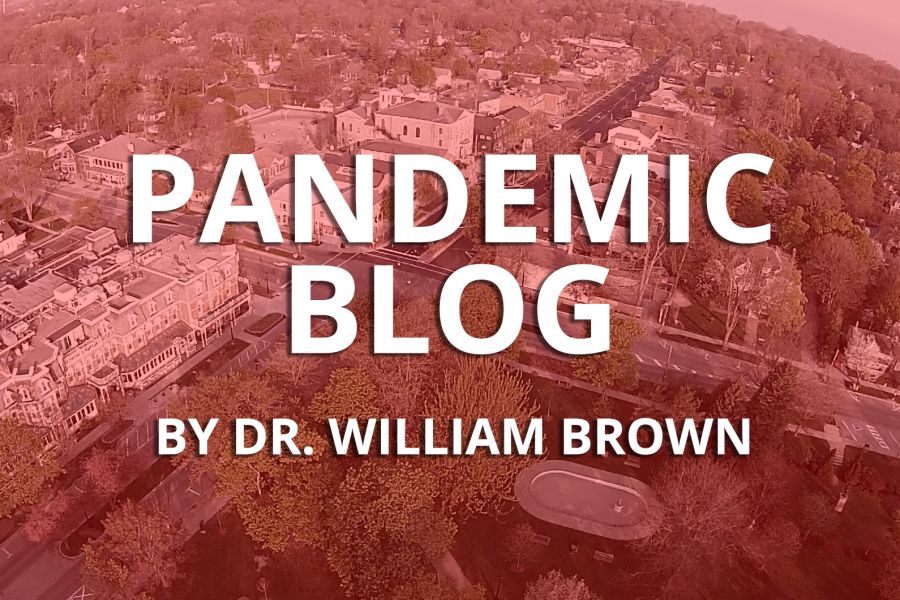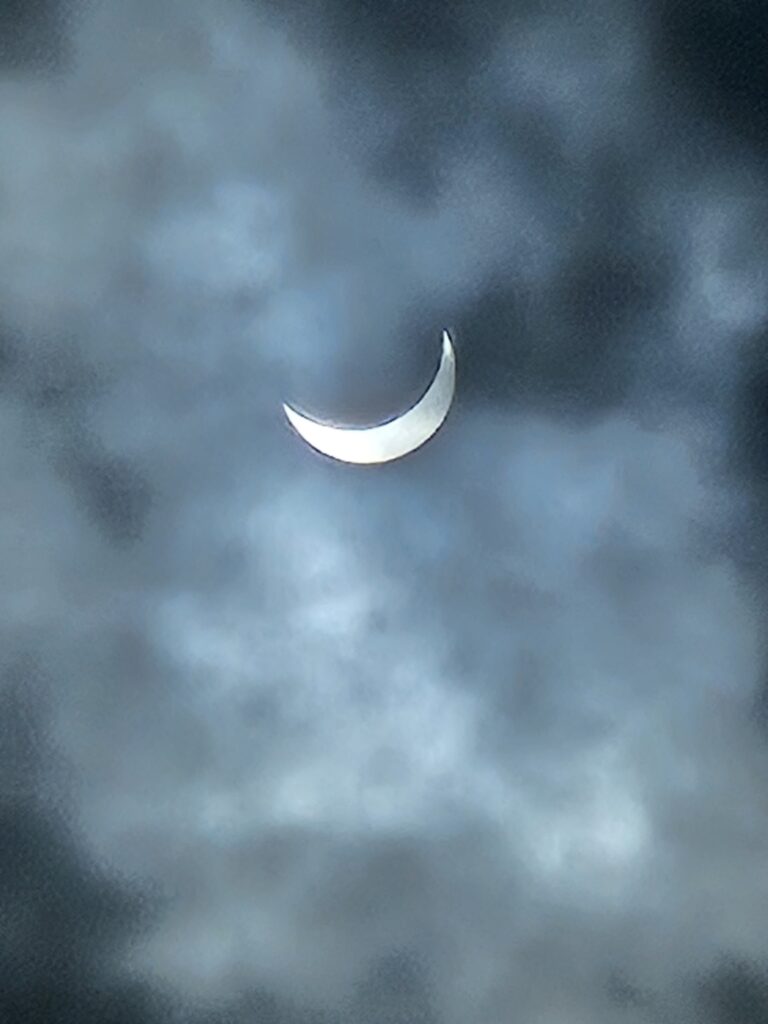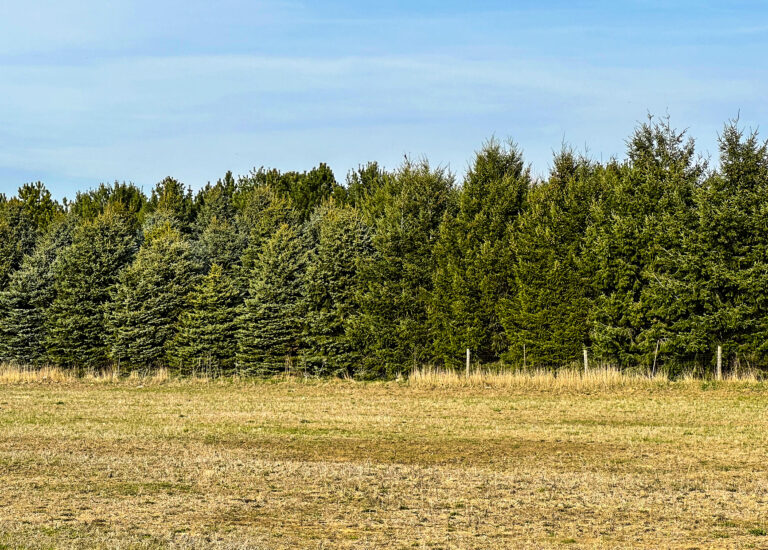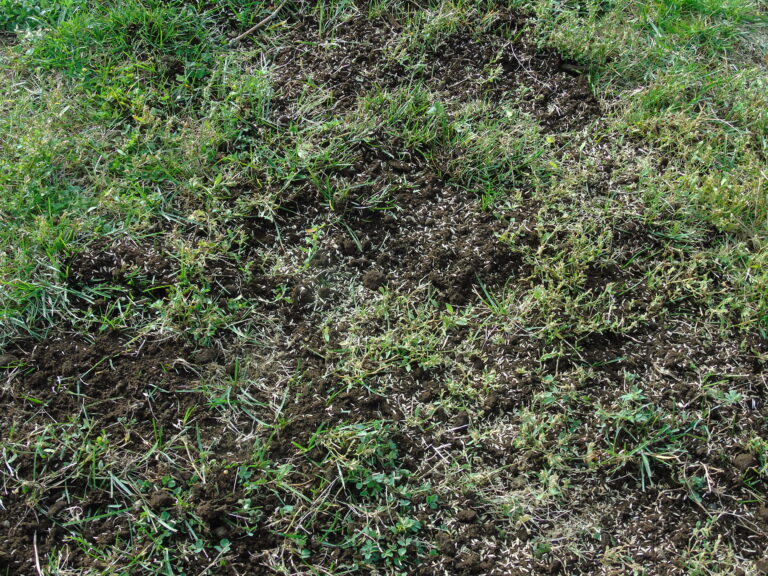Dr. William Brown
Special to The Lake Report
From the beginning in China six to seven months ago, COVID-19 spread like a series of viral wildfires throughout the world, infecting, as of late last week, nine million and killing 450,000 – numbers that surely are underestimates.
Airborne and contact spread, this novel coronavirus proved to be highly transmissible and hit a world with no natural immunity – the perfect storm – made worse by the fact that, unlike its earlier cousin SARS, patients infected by COVID-19 shedded the virus freely for up to two weeks before they developed symptoms, or perhaps none at all.
The results have been catastrophic as the virus cuts swaths through communities, countries and continents, and in the process shut down or hobbled economies, including the world’s strongest and costing millions their jobs.
Those countries and jurisdictions that were most successful in stemming the tide of the initial surge were those that early on, instituted strict travel, quarantine and social distancing regulations and offered widely available testing for the virus. That was the recipe for success.
Unfortunately for well-healed and developed health care systems, such as several European countries and the United States, the guidelines were implemented too late and with mixed messages from political and health care experts.
And the cost of “too late” action and mixed messaging was horrific, especially for long-term care facilities – 80 per cent of the deaths in Ontario and Quebec were in long-term care.
That was phase 1 – flattening the curve by social distancing, isolation where necessary and ramping up testing for the virus.
Now with fair weather upon us, the strong urge to get out and mingle with others, opening up of more and more businesses and the sense among many, that the worst is over – the question is, what’s next? Is the worst over? Is it safe now or is this the quiet before the storm of successive waves?
Remember the worst of the great influenza pandemic of 1918 for the United States was not the first wave but the second wave, when U.S. troops returned home.
Remember, of Canada’s population of 38 million, only 100,000 have been infected so far. Even, if the latter figure is a gross underestimate, the estimate falls well short of the number of Canadians as yet unexposed to the virus.
That means a lot of Canadians would be at risk should there be another round of the pandemic and nowhere near the 60 to 70 per cent of the population with naturally acquired immunity to the virus needed to provide herd immunity.
And this presumes that any naturally acquired immunity would be both effective and long lasting. Unfortunately, we don’t know whether one or the other or both are true.
We do know that naturally acquired immunity to those corona strains responsible for the common cold is short and as short as two years or less for the vaccine against the SARS. That’s not encouraging.
But, hopefully, one or more effective and long-lasting vaccines will be available by early next year and if we’re really lucky, as early as this fall, if the Oxford vaccine pans out.
Failing an effective vaccine this summer and fall, what’s likely to happen? By my calculations there will be recurring waves of the pandemic – beginning as early as August or September in the wake of a return to “social life as usual” in the summer months, especially if everyone succumbs to summer happy-hours and social events without distancing and groups begin to congregate in the usual summer fashion with no awareness of the risk to themselves or others.
That certainly holds true for large groups such as festivals, theatres and busy restaurants but it also applies to garden parties. Just look at the rebound in cases and deaths in several states following the recent opening up in the United States.
So, my advice for the coming months, especially to those of my generation, is to behave as you have in the last few months about social distancing in a town such as Niagara-on-the-Lake, which is likely to see big weekend spikes in visitors, most of whom will not be distancing.
A good friend passed on a very good video clip from the CBC highlighting the views of Dr. Gabriel Leung, the dean of medicine at Hong Kong University and, incidentally, a graduate of Harvard University and our very own Western University. Listen to him and you may be worried, as I am about the coming months. https://www.cbc.ca/player/play/1754026563683
Dr. William Brown is a professor of neurology at McMaster University and co-founder of the Infohealth series held on the second Wednesday of each month at the Niagara-on-the-Lake Public Library.










